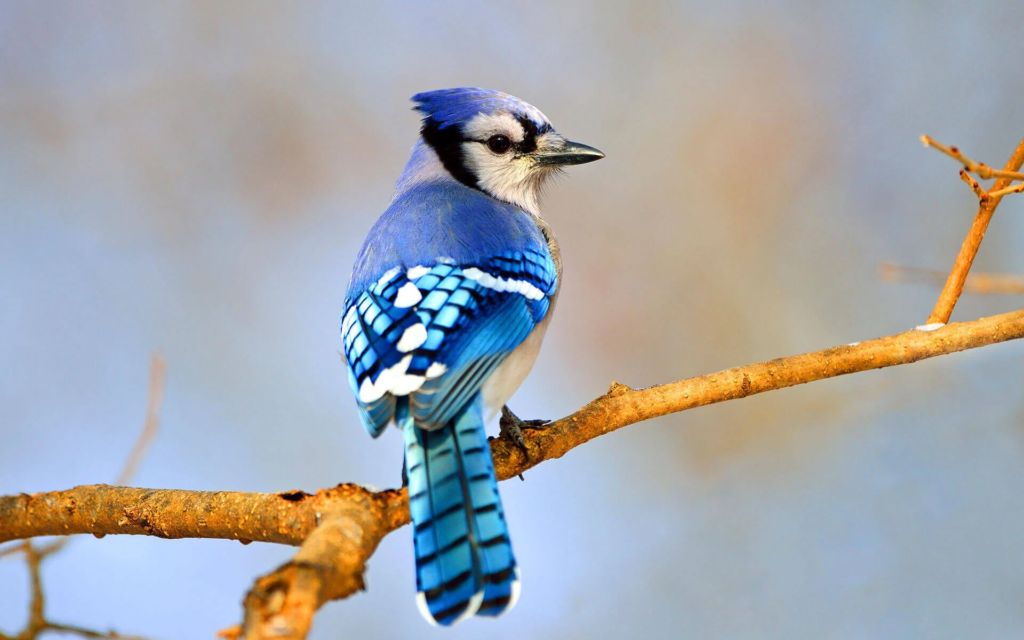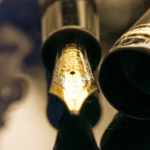Many bird species display differences between males and females, aiding identification based on appearance. Male birds often exhibit brighter colors during mating. Among numerous bird species globally, some particularly attractive ones stand out.
List of Top 10 Most Beautiful Birds In The World
Golden Pheasant

With its golden-yellow crest, scarlet tip, crimson face, and reddish underparts, the male Golden Pheasant captivates. Males are brighter than females, having distinctive scarlet flanks and breast. Found in China’s forests, they spend time on the ground due to limited flying ability.
Bohemian Waxwing:

Identified by crested heads and unique markings, Bohemian Waxwings have gray-brown bodies, white and yellow wing edges. They inhabit North American and Eurasian boreal forests, migrating in winters, building nests on tree branches, and feeding on berries and insects.
| Bird Name | Key Points |
|---|---|
| Golden Pheasant | Vibrant male, scarlet tip, China, limited flight. |
| Bohemian Waxwing | Crested, boreal forests, winter migration. |
| Blue Jay | Blue plumage, mimics calls, migratory. |
| Flamingo | Red-purple, distinct beak, global distribution. |
| Keel-billed Toucan | Colorful beak, Central/South American forests. |
| Peacock | Iridescent tail, large flying bird, courtship. |
| Scarlet Macaw | Vibrant plumage, Central/South American forests. |
| Hyacinth Macaw | Cobalt blue, Brazilian grasslands, powerful beak. |
| Wood Duck | Shiny head, wetlands, tree hole nests. |
| Painted Bunting | Colorful hues, North America breeding, migration. |
Hyacinth Macaw:

Known for its striking blue feathers, the Hyacinth Macaw lives in Brazil’s grasslands. While large and lively, they require careful handling due to their powerful beak.
Blue Jay:

Smart and attractive, Blue Jays sport blue, white, and black plumage. Known for mimicking other birds’ calls, they can imitate human speech. They migrate and form both small and large flocks, exhibiting complex movement patterns.
Flamingo:

Renowned for its red-purple plumage, the Flamingo inhabits various continents except Antarctica. Its distinctive features include a bent beak, long legs, and colonies consuming blue-green algae, plankton, and brine shrimp.
Keel-billed Toucan:

Impressive for its colorful beak, the keel-billed toucan dwells in Central and South American forests, relying on a diet of insects, lizards, and eggs. With striking plumage, it forms small flocks and nests in tree holes.
Peacock:

The male peafowl, or peacock, is famous for its iridescent tail feathers, especially during courtship displays. Among the world’s largest flying birds, its tail makes up a significant portion of its length.
Scarlet Macaw:

Recognized for its vivid plumage, the Scarlet Macaw dwells in Central and South American forests. With its curved beak and remarkable flying ability, it lives around 40-50 years and is trainable for language and stunts.
Wood Duck:

The male Wood Duck boasts a unique color combination of purple-green head, white stripes, and blue-black wing patterns. Females are less vibrant. Found in North American wetlands, they nest in tree holes and gather in groups.
Painted Bunting:

Breeding in North America and migrating south, Painted Buntings exhibit vibrant blue, red, green, and yellow hues once they mature.
These birds, each with its own remarkable traits, contribute to the diverse and captivating world of avian beauty.






